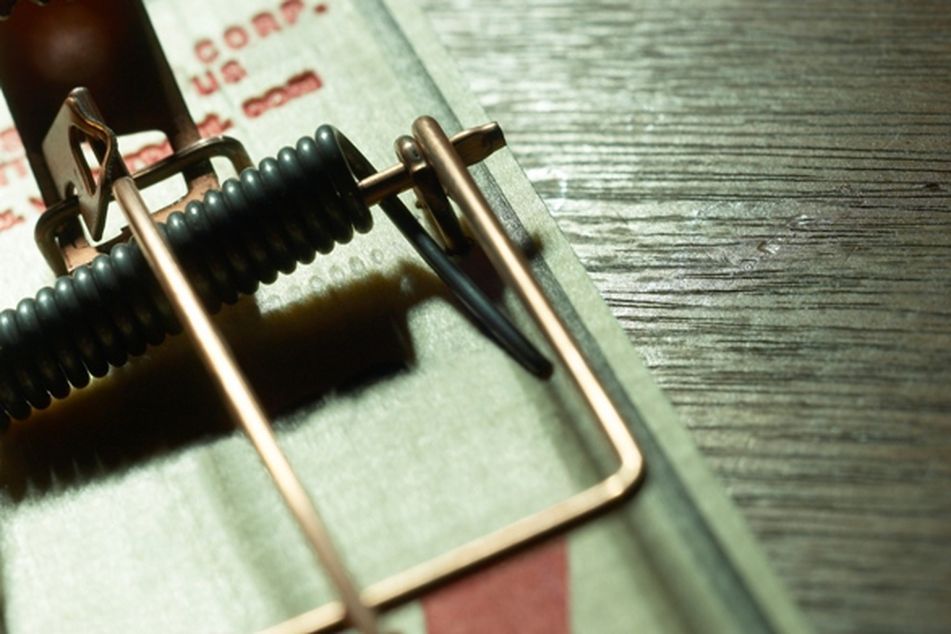Beware the dividend yield trap

Income-seeking investors push valuations to risky levels
Just beyond the glorious celebration of dividends as a reliable source of income in a low-interest-rate environment, there is the caveat that too much yield isn’t always a good thing for every investor.
As dividend-paying stocks continue to draw income-seeking investors, the higher-yielding stocks in this category that is traditionally associated with value have been getting increasingly expensive.
“Sometimes the dividend yield gets so high it is the market’s way of saying it doesn’t believe the prospects for the company are sustainable,” said Christopher Petrosino, manager of the RiverNorth/Manning & Napier Dividend Income Fund (RNDIX).
In essence, while a higher yield obviously represents more income it can also be a reflection of a faltering stock price.
The most extreme recent example of this was seen at the height of the financial crisis when some bank stocks had fallen so much that the dividend yields were hovering around 20%.
While most financial advisers might automatically avoid a stock that is falling in direct proportion to its rising dividend yield, not all dividend risks are so extreme or apparent.
In his analysis, comparing stock price valuations to dividend yields, Mr. Petrosino found that the highest-yielding stocks in the S&P 500 Index have been more expensive than the overall index for at least the past five quarters.
By dividing the stocks in the index into quintiles based on dividend yield levels, Mr. Petrosino shows that the forward price-to-earnings ratio of the highest-yielding stocks hit 12.4 in September 2011, overtaking the S&P forward P/E of 11.4.
At the end of December the forward P/E of the highest-yielding quintile was 14.2, compared to 13.9 for the S&P.
The analysis goes back to December 1999 when the P/E of top quintile dividend payers was at 10.3 and the P/E of the S&P was at 16.5.
“In 1999 it was almost exact opposite in terms of investor demand for stocks because the companies paying dividends weren’t seen as having growth opportunities at the time,” he said. “But the spread started to transition, and discounts narrowed right around the time that bonds plummeted mid-2011.”
There are about 100 stocks in the S&P that don’t pay a dividend, but the current yield of the index is around 2.2%, which could be used as reasonable benchmark, according to Todd Rosenbluth, fund analyst at S&P Capital IQ.
“There are good dividend growth companies yielding 2.5% to 3%, which might be low right now because the stock is moving in the right direction,” he said. “Our recommendation is that investors should know the company’s track record with regard to dividends.”
Ultimately, the dividend yield is less important than the direction and history of dividend payouts, which is why some portfolio managers will only invest in companies with a history of rising dividends, regardless of how low the yield might be.
Learn more about reprints and licensing for this article.








